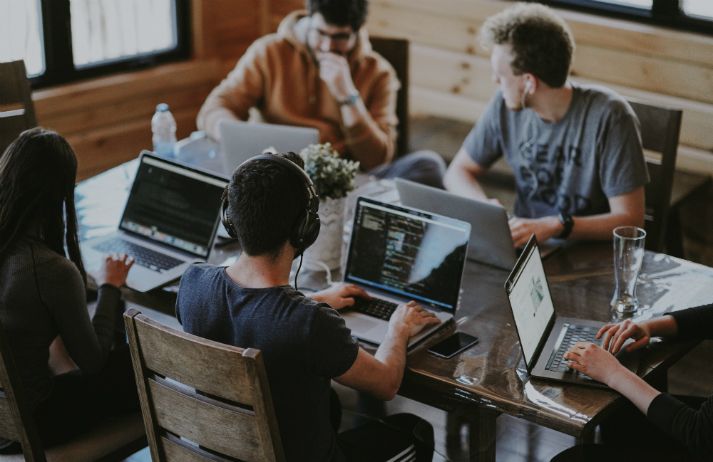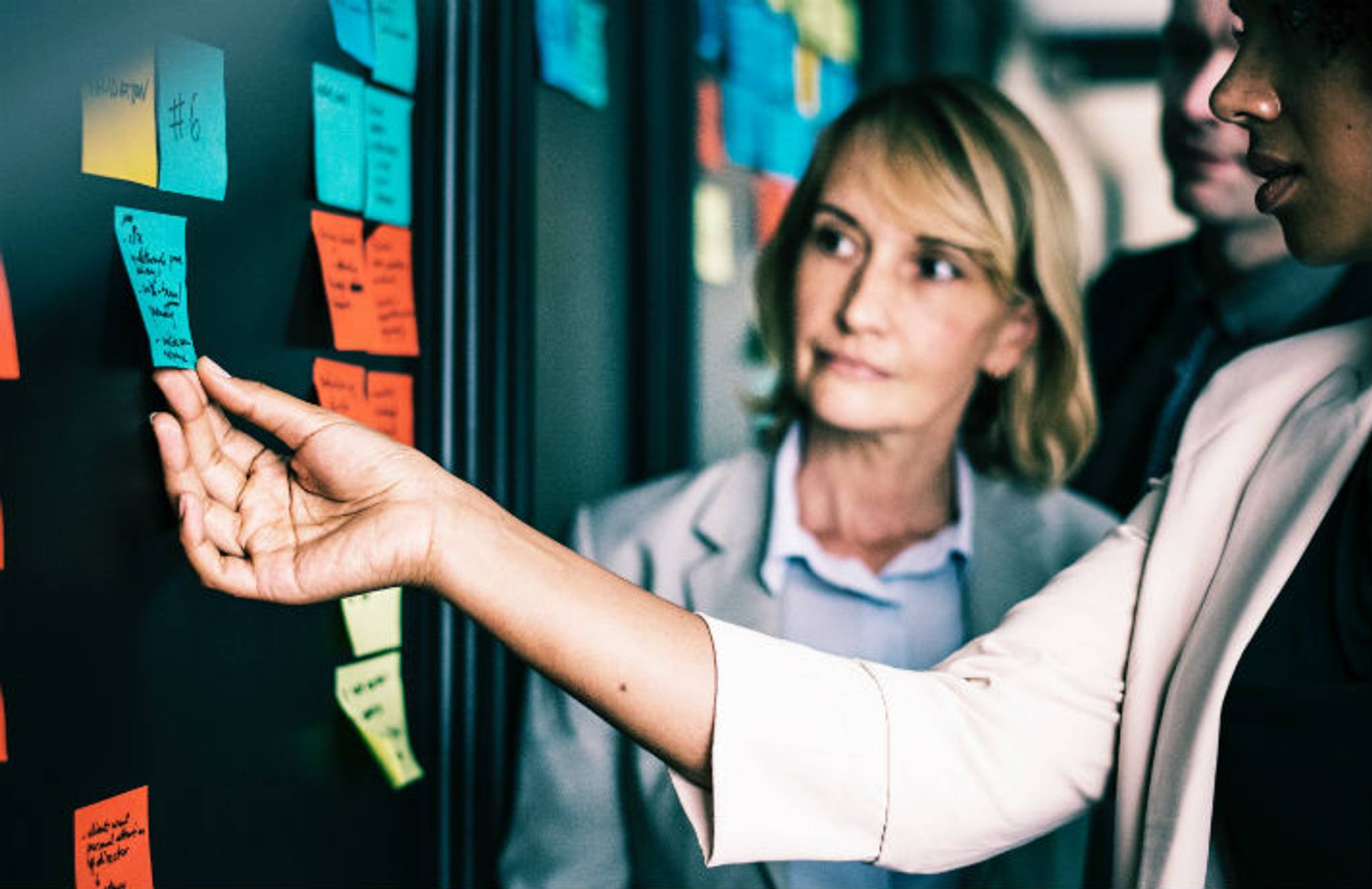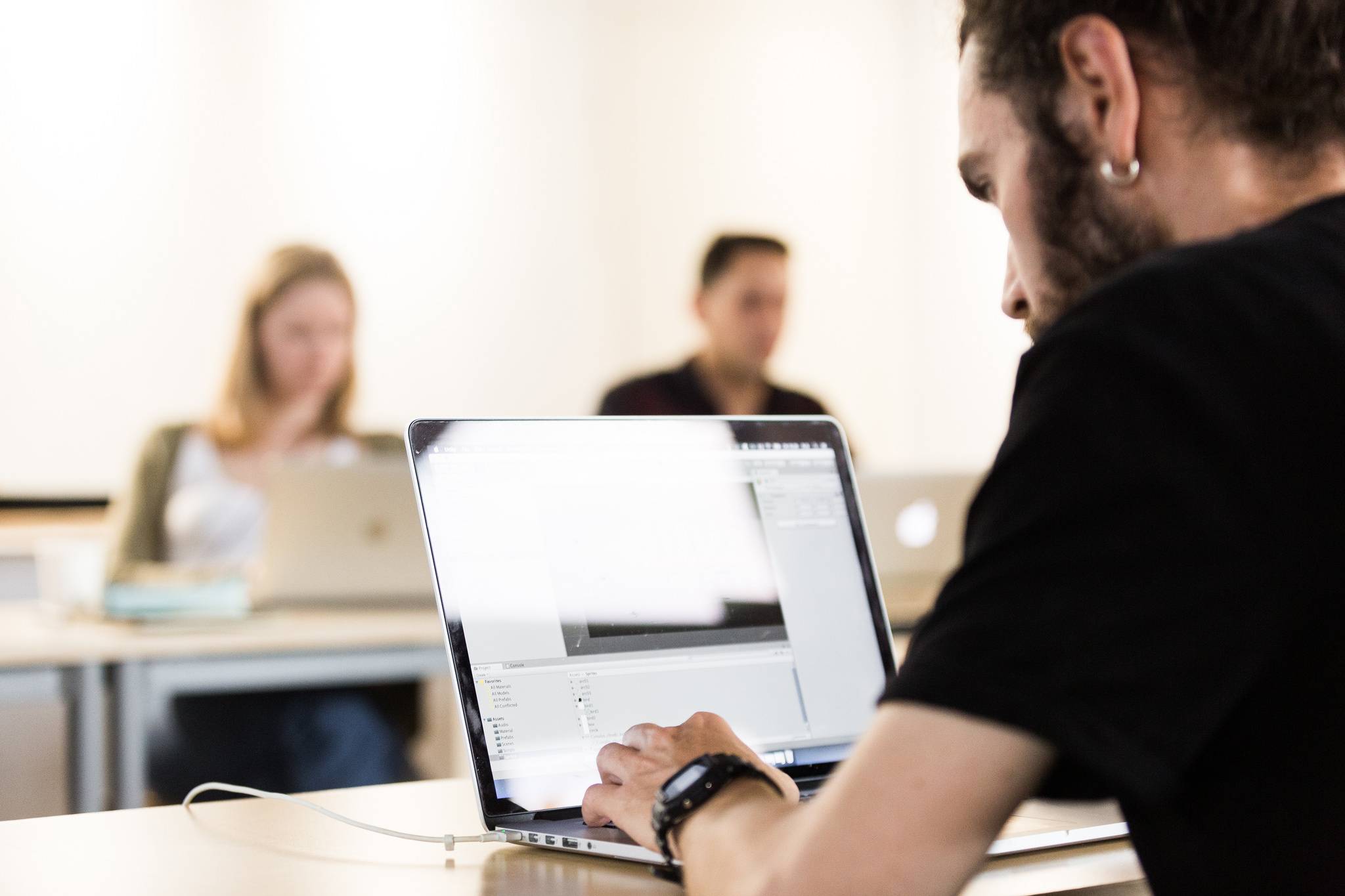
While some employees expect an immediate reply to an email, others prefer to answer messages in bulk. Looking to tackle any friction caused by different approaches from the outset, Ultra Testing has introduced BioDex – a short guide to how different employees like to work and their office habits. We explore the insights behind how the company is helping teams work together more seamlessly.
Ultra Testing, a software testing company based in New York, is championing neurodiversity in the workplace. According to the company, 75% of it’s fully remote team are on the autism spectrum. But it recognized that having people with different mindsets and perceptions could cause friction, as they get used to one another's work habits. For example, one employee might assume someone is in a bad mood because they have headphones in, while the person wearing them only does so to help them concentrate. Others may assume a person is ignoring them if they don’t reply right away, while others may set specific time out of their day to reply to messages. "There's always a getting-to-know-you period, which is incredibly inefficient," says Rajesh Anandan, CEO of Utra Testing. "You'd rather just get on with the work."
In order to help employees who think differently to work better together, the company launched a ‘quick start guide’ called BioDex to answer questions they frequently heard from new and existing employees. It is made up of 28 questions, including "What's your average response time on Slack?”, Rank your communications channels in order of preference," and "How do you prefer to receive critical feedback?" When employees start working with with an unfamiliar colleague, they're encouraged to look at the person's Biodex, to better understand how they work.

Ultra Testing is already championing cognitive diversity – which can be a competitive advantage for business – and finding ways to help people with different thinking styles to work well together. “Most managers are familiar with the advantages organizations can gain from diversity in the backgrounds, disciplinary training, gender, culture, and other individual qualities of employees. Benefits from neurodiversity are similar but more direct. Because neurodiverse people are wired differently from ‘neurotypical’ people, they may bring new perspectives to a company’s efforts to create or recognize value,” writes Robert D. Austin, a professor of information systems at Ivey Business School and Gary P. Pisano, professor of business administration and a member of the US Competitiveness Project at Harvard Business School.
But these insights can also be applied to any office – even if they are not yet neuro diverse. Research has identified four key working styles in teams; while 'Pioneers' are those who are spontaneous and take risks, 'Guardians' are pragmatic, detail-oriented, and risk-averse. 'Drivers' are goal oriented and excel when faced with a challenge, and 'Integrators' are diplomatic, preferring to work together and keep teams united. Different approaches and diversity can be great for teamwork – so it is important to reduce any friction between employees. “Alone, you might miss some key aspects, context, or risk beyond your own view,” says author Kim Christfort. “Naturally most of us want to work with someone more like ourselves, but if you bring in an opposite perspective you get a better solution.”
Rebecca Smith is a behavioral analyst at Canvas8, which specializes in behavioral insights and consumer research. She has worked with a number of global brands to help them better understand the mindsets of their audiences, from what people want from fake tan to how they feel about technology. Outside of work, you’ll find her binge-watching anime or with her nose stuck in a fantasy novel.



